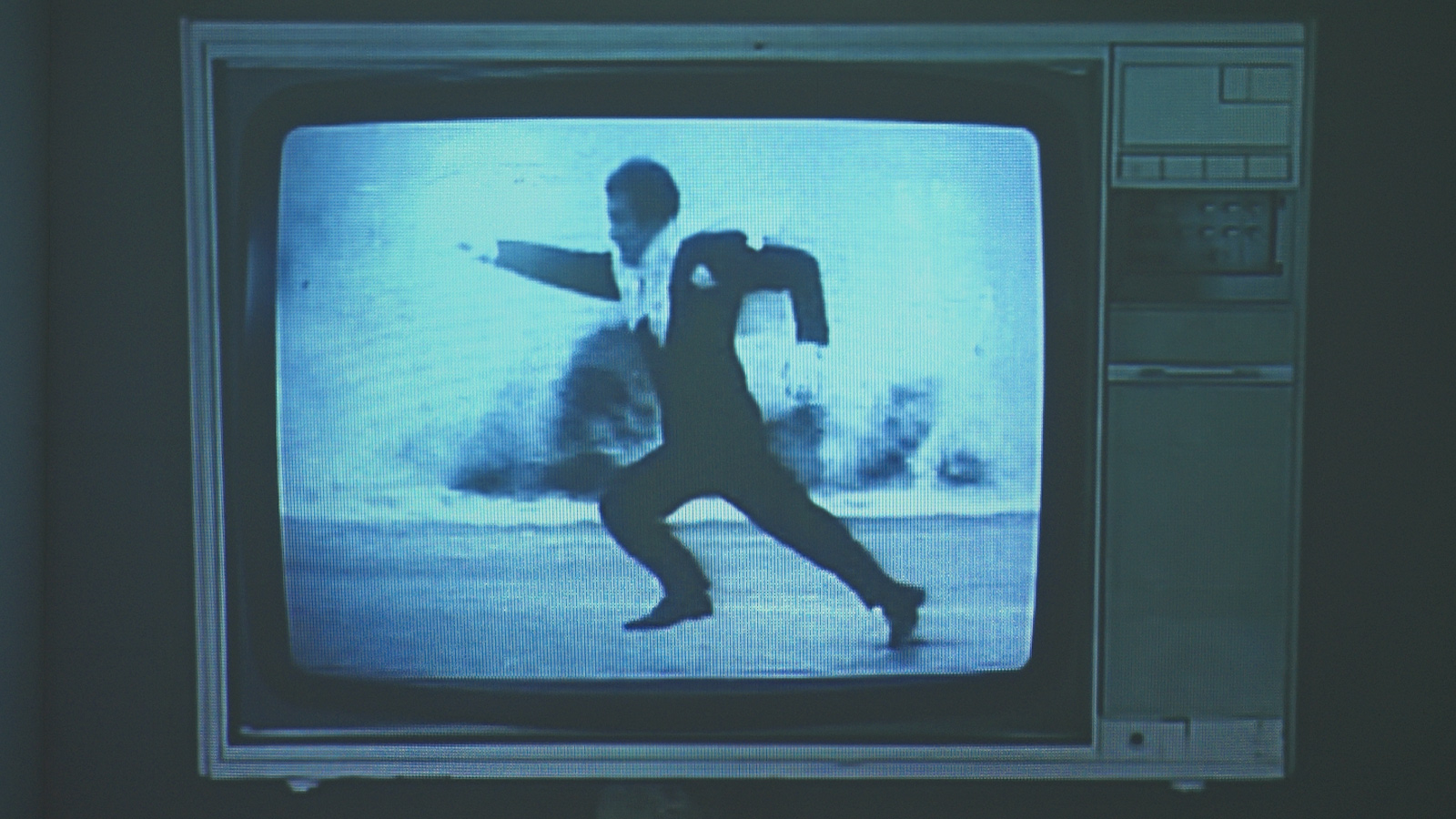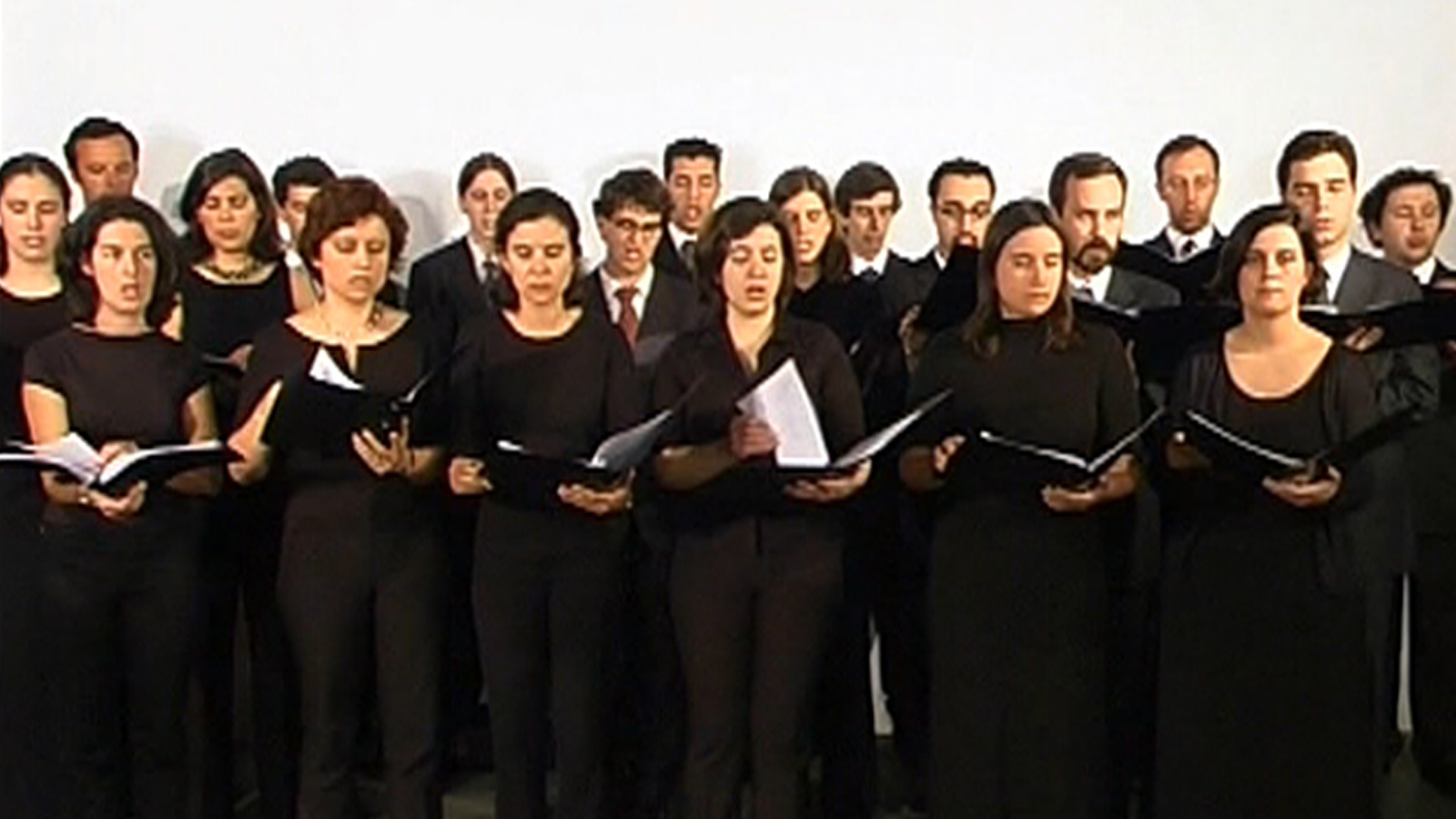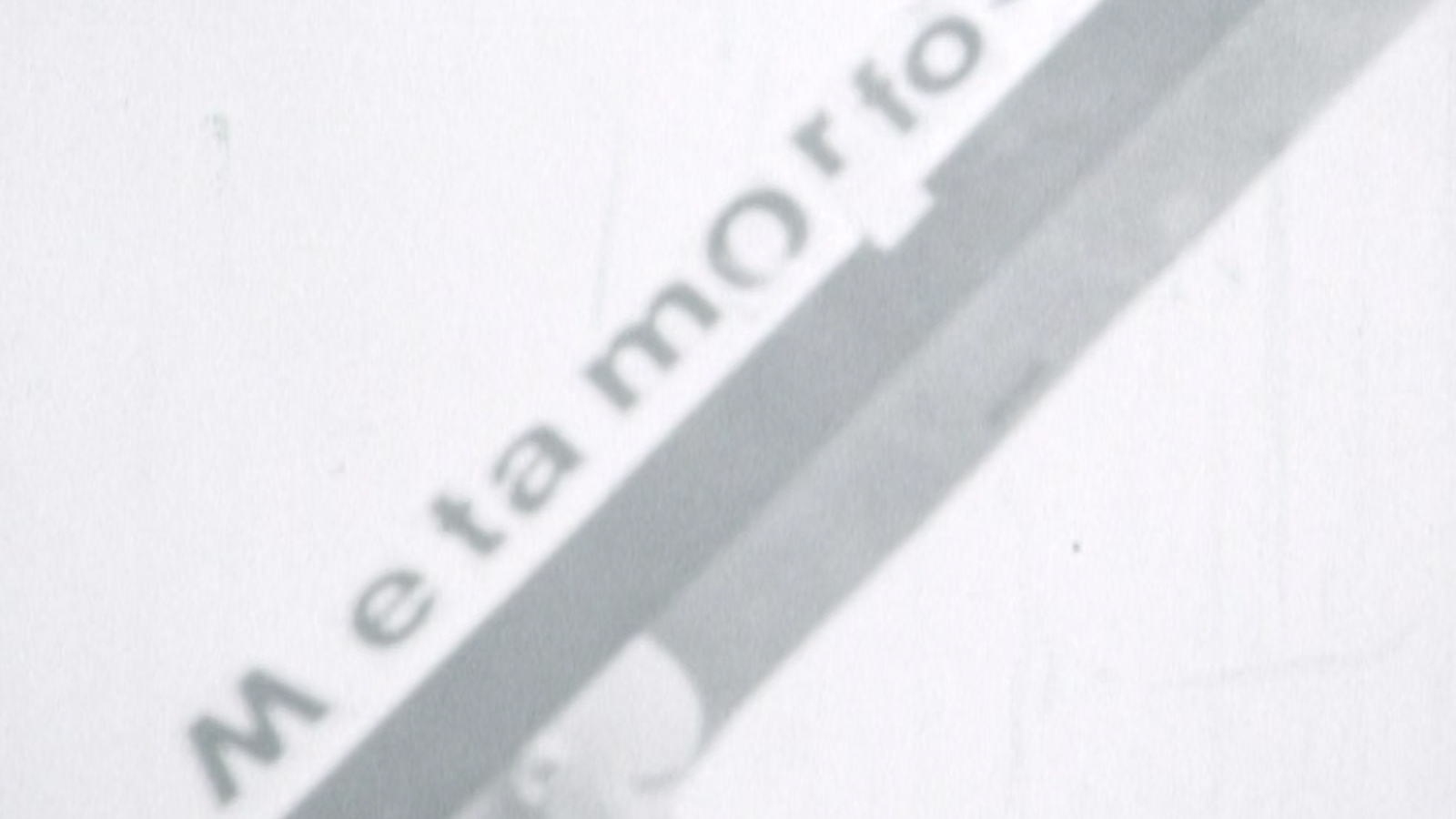CAM in Motion: The Arts of Fugue
Film Cycle
Event Slider
Date
Location
Gulbenkian GardenNotions of fugue, deviation and displacement are present, albeit in very different ways, in each of the three films from the CAM Collection brought together in this cycle. In Noé Sendas‘ film, the physical fugue is real. In João Onofre‘s work, an interpretative deviation from an existing musical score transforms the original. In António Palolo‘s film, the reconfiguration of the human figure dislocates it from its usual articulation.
CAM IN MOTION
CAM in Motion is an ‘outdoor’ programme that brings together a series of site-specific interventions by artists and exhibitions with works from the Collection in different spaces in the city of Lisbon and its surroundings. More info
PROGRAMME
Noé Sendas, Pursuit, Left Running, 2000
Loop
‘Noé Sendas questions the notions of identity and authorship, attributing other meanings to pre-existing registers. This is what happens in Pursuit, Left Running (2000), in which the artist alters the original rhythm and uses a loop to indefinitely extend an excerpt from Akira Kurosawa’s film Drunken Angel’ (Helena Barranhas, April 2013).
Fleeing, always running in the face of a threat, projects us into the nightmare experienced by Noé Sendas’ character which any of us could also experience. We are left with the anguish of the gruelling effort we witness and the incompleteness of the narrative in which we are suspended.
João Onofre, Instrumental Version, 2001
6’53’’
In Instrumental Version, the University of Lisbon Choir, directed by conductor José Robert, performs Kraftwerk’s The Robots, originally included on the album The Man Machine (1978). Considered pioneers of European electronic music, Kraftwerk made extensive use of sounds produced by synthesisers, twinned with a clean visual image and reflecting a futuristic aesthetic. Since the original theme itself is a musical theatricalisation around the theme of the machine and the transformation of man into a machine, it feeds on the repetition of electronically programmed sounds and a gesture devoid of affect, an idealisation of a superhumanity without flaws or indeterminacies.
According to the artist, the recontextualisation of the theme for an a cappella choir produces a paradoxical return of emotion, tone and warmth that is strictly human through the singers’ vocalisations without textual support. The arrangement of synthesised music for human voices forces the singers to perform functionally and repetitively, as if this were automatically programmed music.
António Palolo, Metamorfose, c. 1968/1969
2’52’’
Palolo’s interest resided in investigating the body as a means of broadening the perception of reality. In this film from the first phase of his work, he presents different possibilities for reconfiguring the human figure, adopting an iconoclastic position to question the reproducible and formatted nature of mediated representations of reality.
Geometric shapes are superimposed on cut-out bodies. The relationship between these early black and white experiments and Pop art, the Dada movement and Surrealism is evident in the use of images from popular culture, but also in the geometric shapes that recall Marcel Duchamp’s Anemic Cinema (1926).
Credits
Curator
Leonor Nazaré


